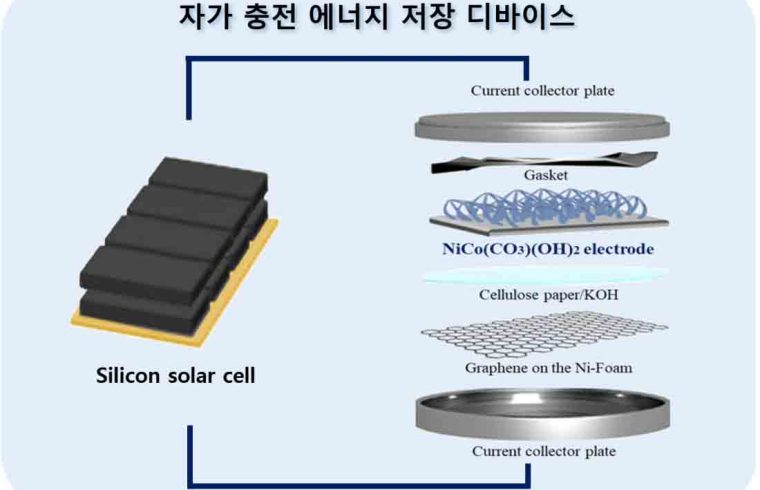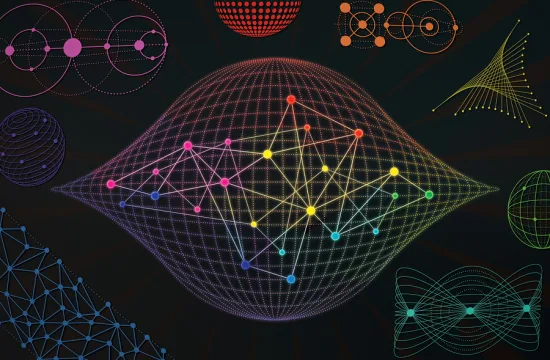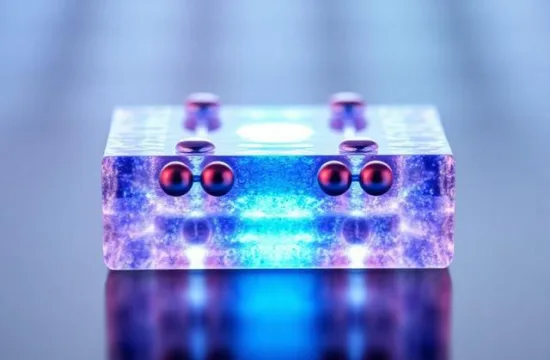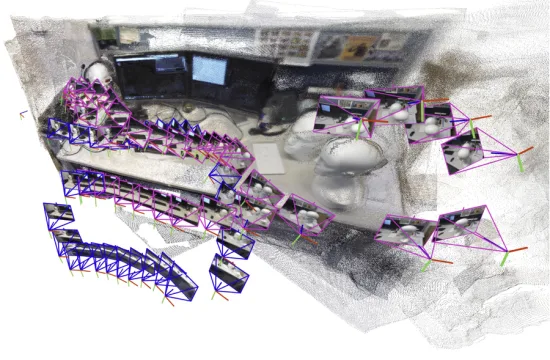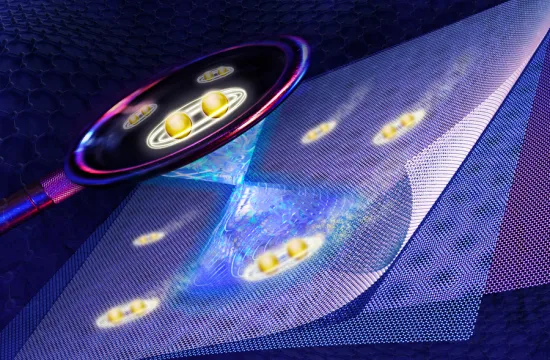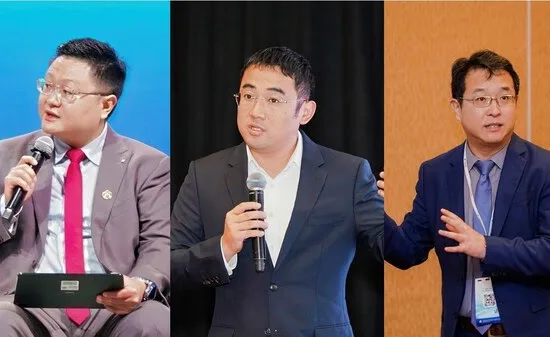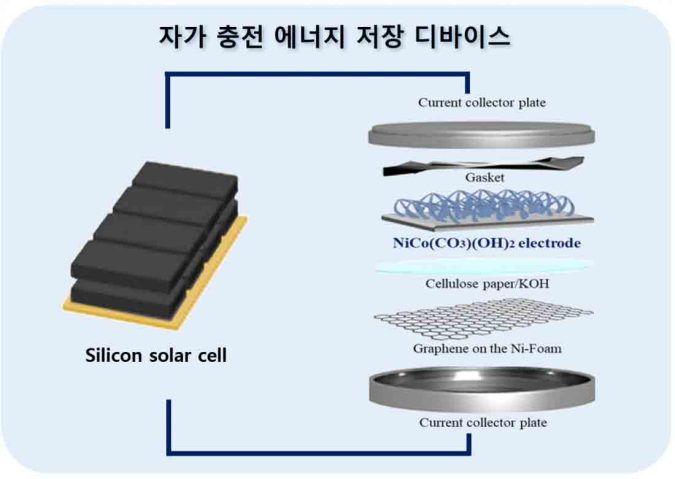
A joint research team from DGIST and Kyungpook National University achieved 63% energy storage efficiency and 5.17% overall efficiency by combining a supercapacitor with a solar cell. The research findings have been published in the international journal Energy, which specializes in energy storage and conversion technologies.
Jeongmin Kim, Senior Researcher at DGIST (President Kunwoo Lee), in joint research with Damin Lee, Researcher at the RLRC of Kyungpook National University (President Young-woo Heo), has developed a high-performance self-charging energy storage device capable of efficiently storing solar energy.
The research team has dramatically improved the performance of existing supercapacitor devices by utilizing transition metal-based electrode materials and proposed a new energy storage technology that combines supercapacitors with solar cells.
The research team designed the electrodes using a nickel-based carbonate and hydroxide composite material and maximized their conductivity and stability by adding transition metal ions such as Mn, Co, Cu, Fe, and Zn. This technology has greatly improved the performance of energy storage devices, demonstrating significant advancements in energy density, power density, and charge and discharge stability.
Particularly, the energy density achieved in this study is 35.5 Wh kg⁻¹, significantly higher than the energy storage per unit weight in previous studies (5-20 Wh kg⁻¹). The power density is 2555.6 W kg⁻¹, significantly exceeding the values from previous studies (- 1000 W kg⁻¹), demonstrating the ability to release higher power rapidly, enabling immediate energy supply even for high-power devices. Additionally, the performance showed minimal degradation during repeated charge and discharge cycles, confirming the long-term usability of the device.
Furthermore, the research team developed an energy storage device that combines silicon solar cells with supercapacitors, creating a system capable of storing solar energy and utilizing it in real-time. This system achieved an energy storage efficiency of 63% and an overall efficiency of 5.17%, effectively validating the potential for commercializing the self-charging energy storage device.
Jeongmin Kim, Senior Researcher at the Nanotechnology Division of DGIST, states, “This study is a significant achievement, as it marks the development of Korea’s first self-charging energy storage device combining supercapacitors with solar cells. By utilizing transition metal-based composite materials, we have overcome the limitations of energy storage devices and presented a sustainable energy solution.”
Damin Lee, a researcher at the RLRC of Kyungpook National University, stated, “We will continue to conduct follow-up research to further improve the efficiency of the self-charging device and enhance its potential for commercialization.”
This research was conducted with support from DGIST’s Institutional Core Projects, the Early Career Researcher Projects, and the Kyungpook National University’s Regional Leading Research Center for Carbon-Neutral Intelligent Energy System. The research findings were published in the prestigious journal Energy (ranked in the top 3.2% of JCR) in December.

